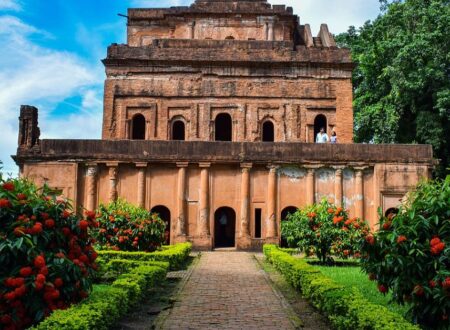Ladakh is a tranquil place covered with snow-capped regions, niche human settlements, and vibrant monasteries. Located in the state of Jammu and Kashmir, Ladakh receives immense love from Hodophiles across the globe. With lush lakes and a serene atmosphere, this destination is home to the famous Buddhist chanting. Ladakh is dominated by the culture of Buddhism due to the proximity of Bhutan.
Recognition by UNESCO
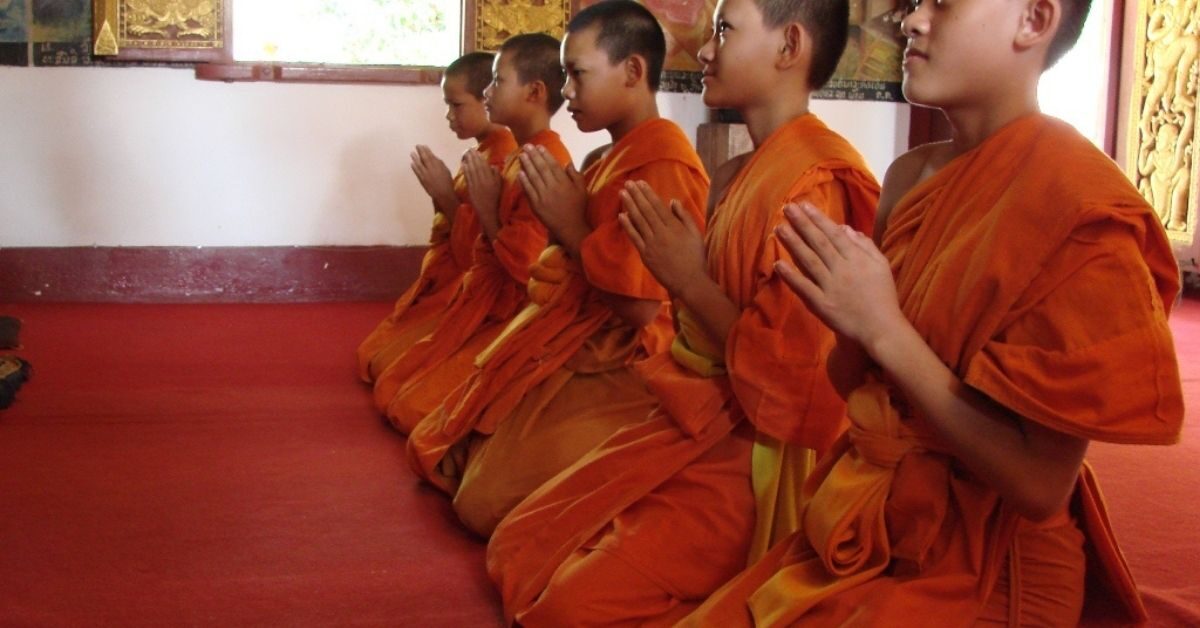
We’ve known about the World Heritage sites listed by UNESCO. You’ll be thrilled to know that Buddhist Chanting of Ladakh is listed under Intangible Culture Heritage of Humanity. The expressions of such heritage practices display the diversity of culture. As the chanting creates awareness about Buddhism, it gives importance at this top-notch level. Moreover, people of Ladakh practice chanting along with Buddhist monks.
Meaning of Buddhist Chanting
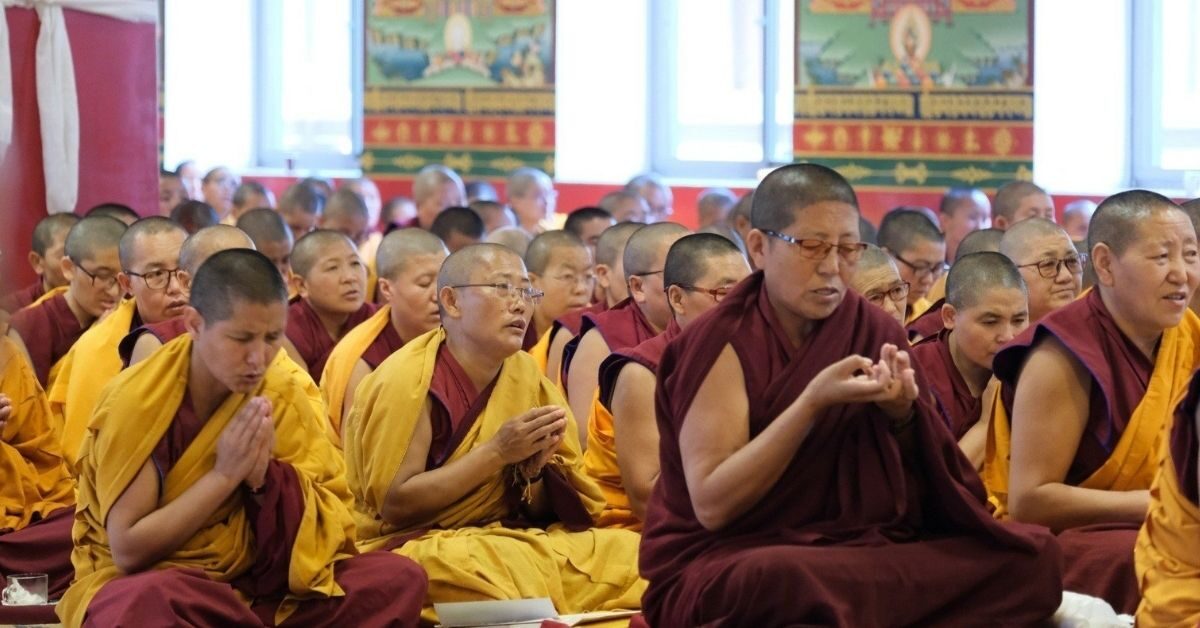
Buddhist chanting is chanting the sacred texts of Buddhism. Buddhist lamas, also known as priests, chant the divine texts that represent the philosophy of teachings of the Buddha. These Buddhist traditional reciting form an environment of harmony and contentment of the heart and mind. This instills a sense of calmness while understanding the spirit and practices of Buddha.
The Main Purpose
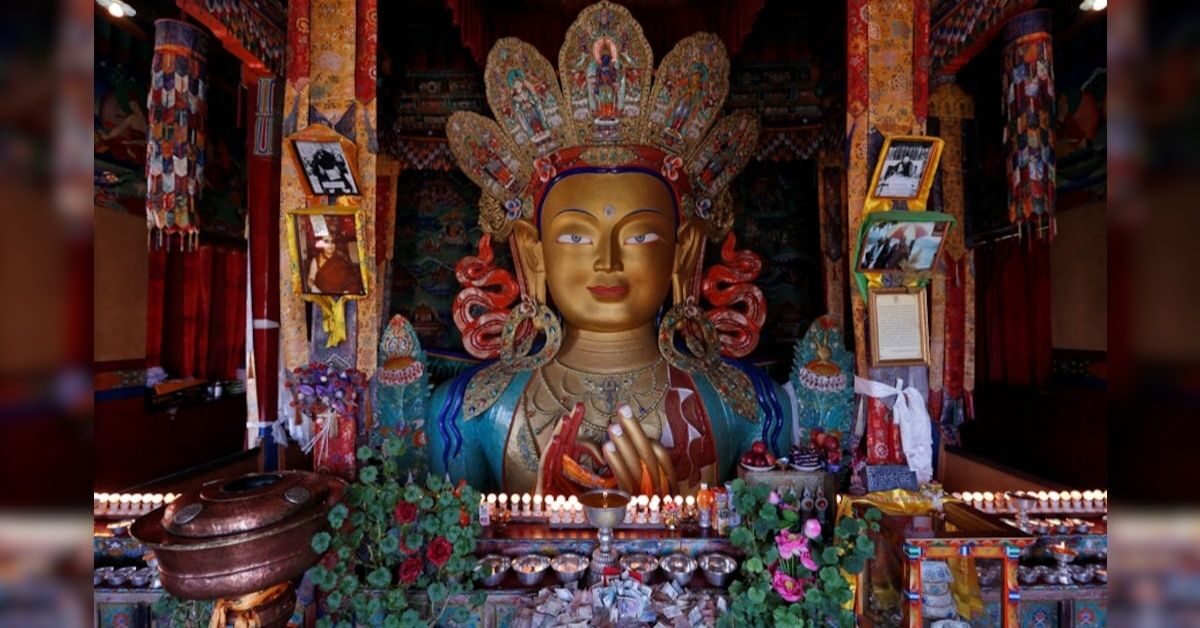
Buddhist chanting is in monasteries and most villages of Ladakh. It has the major purpose of inculcating spirituality and the moral well-being of people. It leads to the purification of thoughts while developing peace of mind through rhythm. Chanting helps in discovering the path of enlightenment while receiving freedom from the sufferings of the world.
The hat people of Ladakh request Buddhist monks to carry out a divine process of chanting at their homes. Spiritual chanting is to appease the wrath of evil spirits. When the chanting happens at home, it directs the blessings of Buddhas and Bodhisattvas; this helps illuminate the lives of people with joy and rejuvenating vibes.
The Process
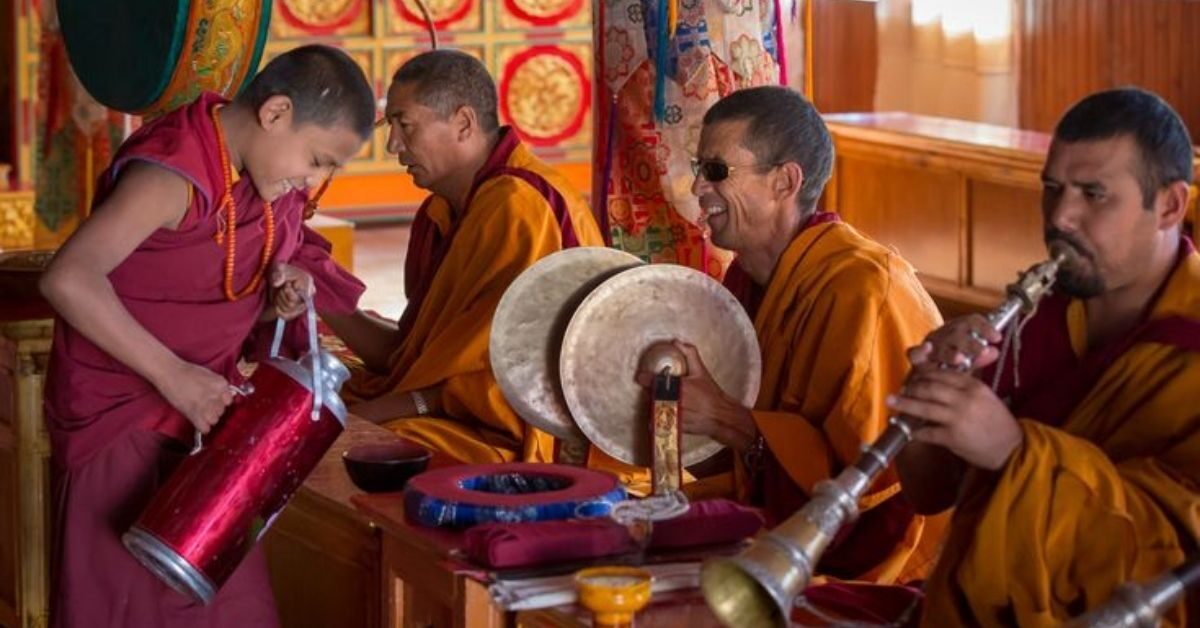
Buddhist chanting follows rigorous rules and regulations that govern the process of chanting. It is either in an indoor area or with a group of monks. Monks dress in traditional attires and depict the heavenly hand movements called mudras. These mudras represent divine Buddhist teachings. The Buddhist chanting is accompanied by various musical instruments – cymbals, drums, trumpets, and bells. The musical rhythm produced by the instruments is indeed magical to the ears.
Different Styles Of Chanting
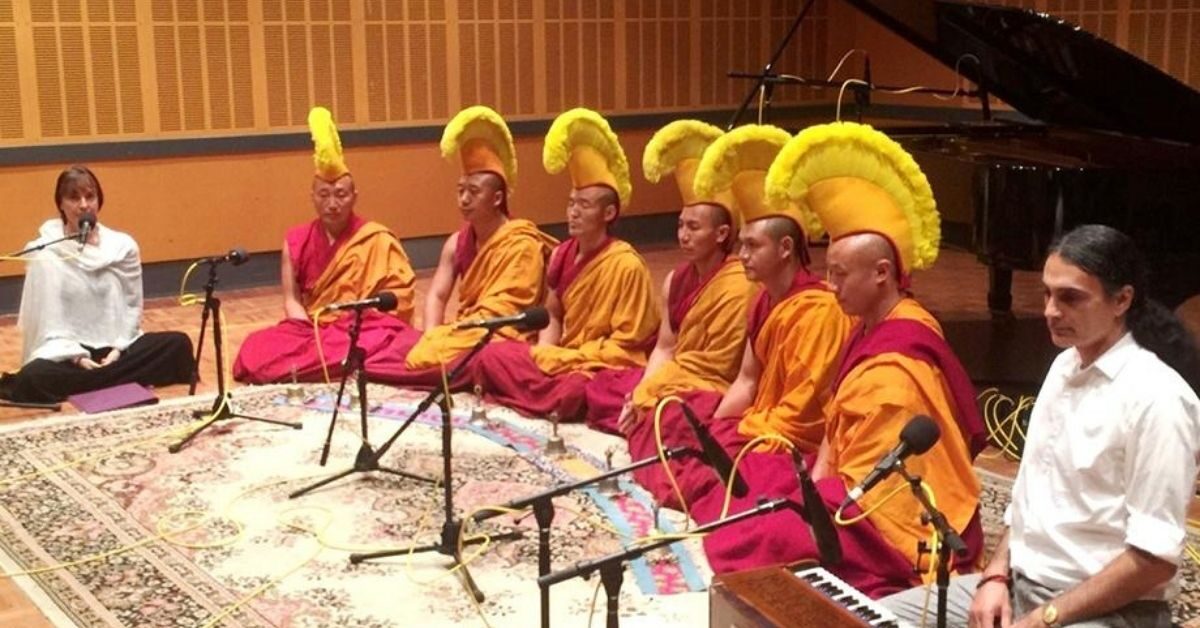
Buddhist chanting of Ladakh differs from monastery to monastery. The styles of chanting also change from sect to sect. There are major styles for chanting – Nashthan Phyazod, Rigmachutuk, Shargangrima, Guru Mantra, Chod, Guhyasamaj Tantra, and Keurig. Also, Traditional attires occupy the chanting adorned with copper masks, specific footwear, and silk robes.
Cultural and Social Significance
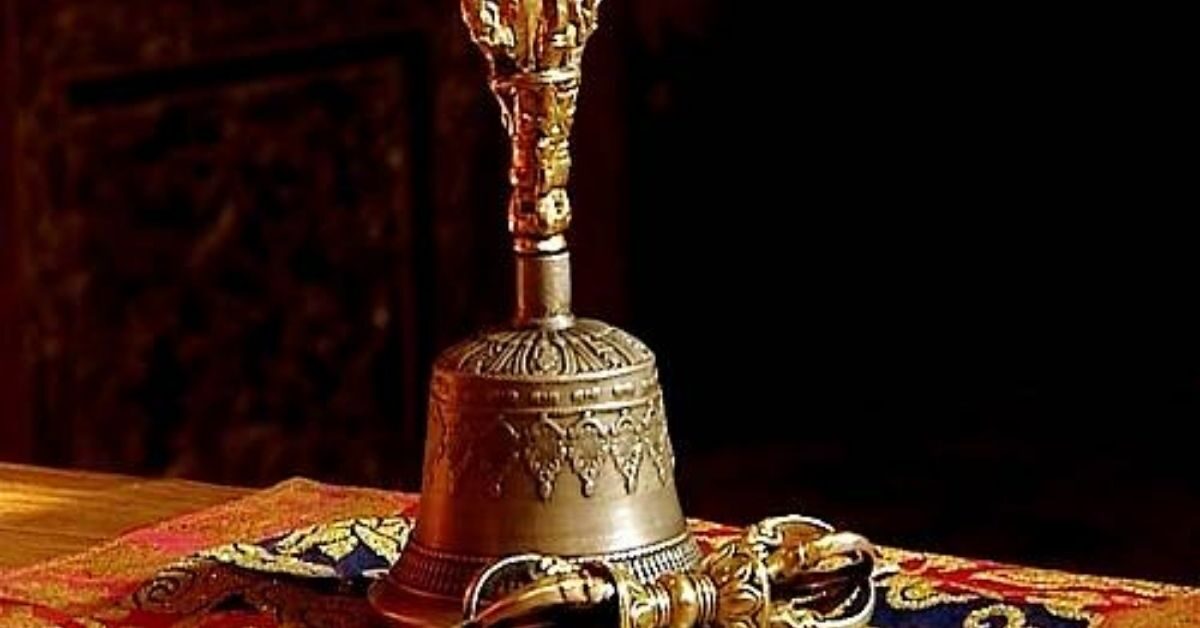
Buddhist chanting is an ancient form of sacred reciting Buddhist texts. Socially, this chanting receives enormous love and respect from the people of Ladakh. The chanting is carried out on annual festivals, life cycle healing rituals, and different events. Families often invite the monks in Ladakh to perform chanting on important days – family functions, religious days, and activities. Let’s say, Buddhist chanting is part of Ladakh’s daily life as you’ll be able to hear the chanting almost every day in at least one corner of Ladakh.
Conclusion
Hence, this ritual is indeed evidence of the rich culture and heritage of Ladakh. It is one of the major reasons for people’s happiness and meditative practices towards the path of enlightenment. Trust me, it is one of the most magical feelings to dive into the tranquil rhythm of chanting.
Follow India Chalk on Instagram for more amazing travel content. You can share your travel story with us. Reach out to us on email at contact[at]ndiachalk[dot]com. This blog is curated by India Chalk and written by Riya Jogi.






